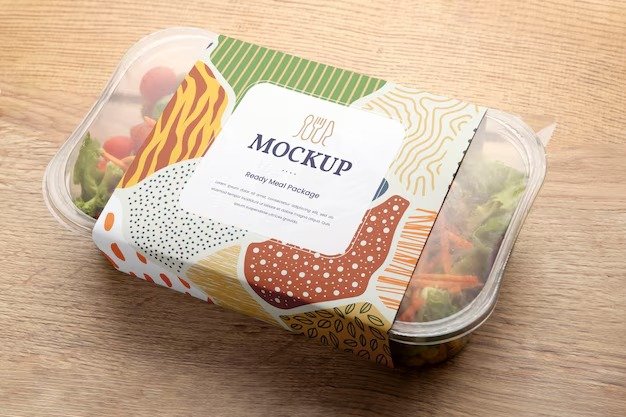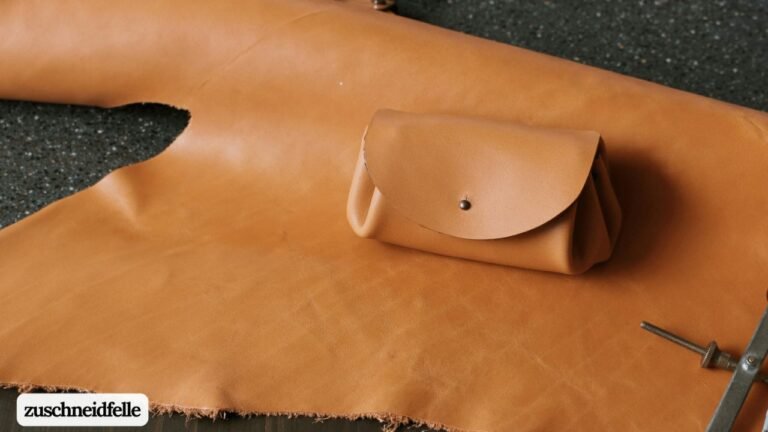Food Labels That Actually Work: A Sydney Producer’s Guide
Getting your food labels right feels like it should be a simple task. Pick a design, get it printed, slap it on a jar, and you’re done. Except it’s never that straightforward.
You’ve probably stood in front of your product wondering if the label will survive a fridge, a bumpy delivery, or even just curious fingers at a market stall. Maybe you’ve already had labels peel off in cold storage or fade after a few weeks on the shelf. It’s frustrating because your product is great, but the label makes it look amateur.
Here’s the thing about food labels in Sydney’s market. They need to do more than look pretty. They need to stick around, literally. Whether you’re making small-batch sauces, artisan jams, or ready-to-eat meals, your label is the first thing people judge. If it looks dodgy, they’ll assume your product is too.
What makes a food label actually work?
Start with the material. Paper labels are budget-friendly and work fine for dry goods or products that stay at room temperature. But if your food goes in a fridge or gets any moisture on it, paper won’t cut it. You’ll end up with curled edges or labels that slide right off.
Polypropylene labels handle the rough stuff better. Cold temps, condensation, a bit of oil or grease. They stay put. If your product lives in a commercial fridge or gets shipped around Sydney in varying conditions, waterproof synthetic labels are worth considering.
Then there’s the finish. Gloss makes colours pop and looks premium, but it shows fingerprints. Matte hides smudges better and gives a more understated, craft feel. Neither is wrong. It just depends on the vibe you’re going for and where your product ends up.
Design matters, but not in the way you think
You don’t need a fancy design agency to make a label work. What you do need is clarity. People scanning a shelf want to know what your product is in about two seconds. If they have to squint or guess, they’ll move on.
Keep your product name big and readable. List key details like ingredients or allergens where they’re easy to spot. Use colours that match your brand but don’t overwhelm the whole label. White space isn’t wasted space. It gives the eye somewhere to rest.
And please, test your label before you order hundreds. Print a sample. Stick it on your actual packaging. Put it in the fridge overnight. Does it still look good? Does the adhesive hold? If not, adjust before you commit.
Compliance isn’t optional
Sydney food producers need to follow Australian labelling laws. That means including things like ingredient lists, allergen warnings, and storage instructions. Miss something, and you could face fines or have to pull your product from shelves.
But compliance doesn’t have to kill your design. You can tuck the required info on the back or side of the label. Keep the front clean and focused on selling the product. Just make sure everything that needs to be there actually is.
Local production makes a difference
Ordering labels from overseas might seem cheaper upfront, but the hidden costs add up fast. Shipping delays, colour mismatches, and quality issues are common. And if something goes wrong, good luck getting it fixed quickly.
Working with a Sydney-based printer means faster turnaround. You can get samples in days, not weeks. If there’s a problem, you’re dealing with someone in your time zone who actually understands Australian food labelling requirements.
Local production also gives you more control. Need to tweak your design? Want to test a new product line with a small run? A local printer can handle that without the drama of international shipping and customs.
Small runs don’t have to break the budget
Maybe you’re just starting out. Maybe you’re testing a seasonal flavour. Either way, ordering thousands of labels when you only need a few hundred feels risky.
Self-service label printing lets you order what you actually need. Small batches keep your costs down and your storage space manageable. You’re not stuck with outdated labels if you rebrand or change your recipe.
And if your product takes off, you can scale up without switching suppliers or reworking your whole process. The same quality, just more of it.
Durability you can actually count on
Here’s something most producers learn the hard way. A label that looks great in your office might fall apart in real-world conditions. Cold storage, transport, and handling by customers. Your label goes through a lot before someone even opens the jar.
Test for durability before you go all in. Stick a label on your product and put it through its paces. Fridge it. Freeze it. Wipe it down. If it peels or smudges, you’ll want to know now, not after you’ve sold a hundred units.
Moisture-resistant labels handle condensation without lifting at the edges. Oil-resistant adhesives work better for products like nut butters or dressings. Knowing what your product needs saves you from redoing everything later.
Final thoughts
Food labels aren’t just decoration. They’re the difference between a product that looks professional and one that gets passed over on the shelf. Material, finish, design, and durability all matter.
Sydney producers have enough to worry about without adding label headaches to the list. Pick materials that match your product’s environment. Keep your design clear and compliant. Work with a local printer who can turn things around quickly and handle small or large runs without drama.
Your food deserves a label that works as hard as you do. Get it right, and you’re one step closer to building a brand people actually remember.
Need custom food labels that hold up in real conditions? Our team in St. Peter’s handles everything from material selection to fast turnaround. Request a quote and see how simple self-service label printing can be.






